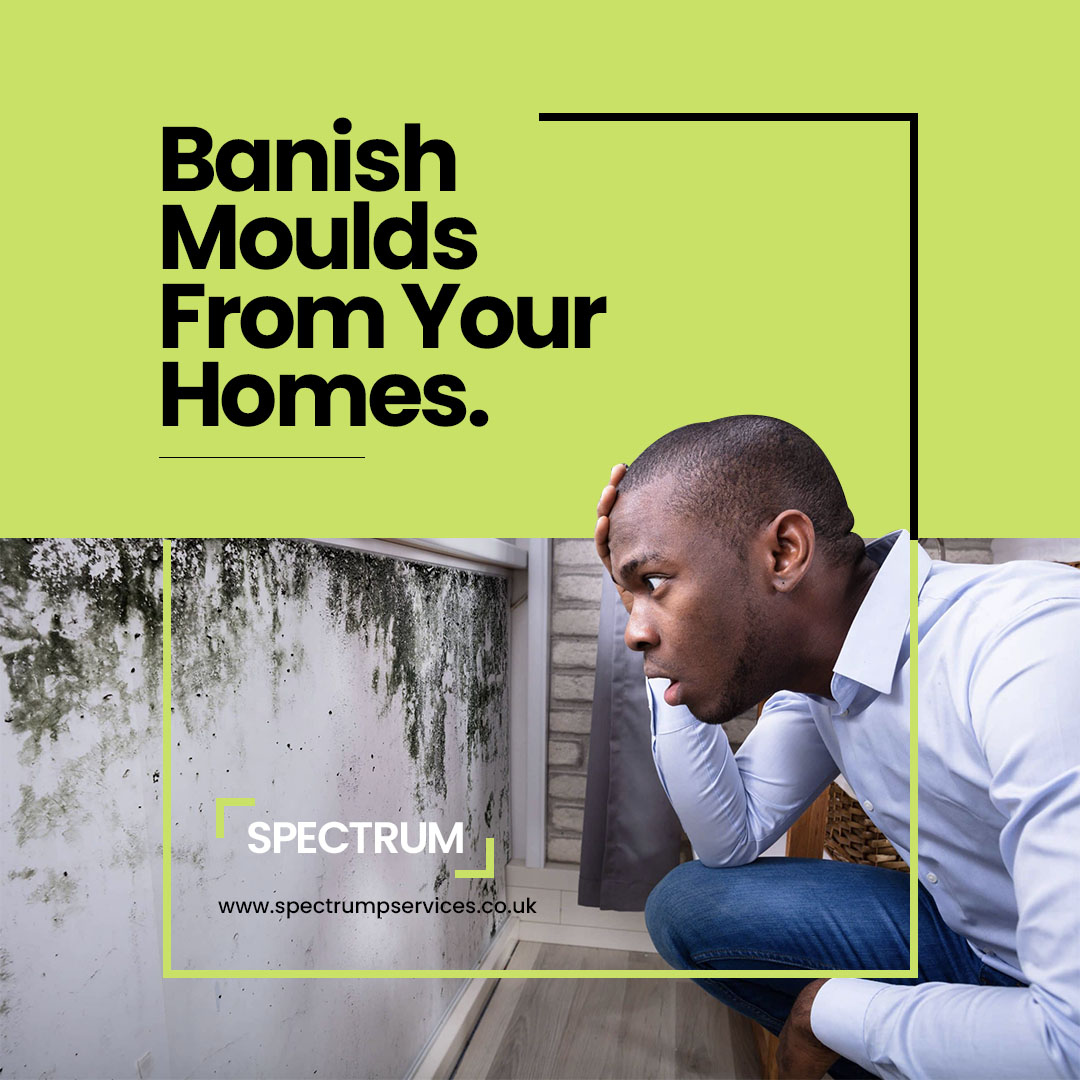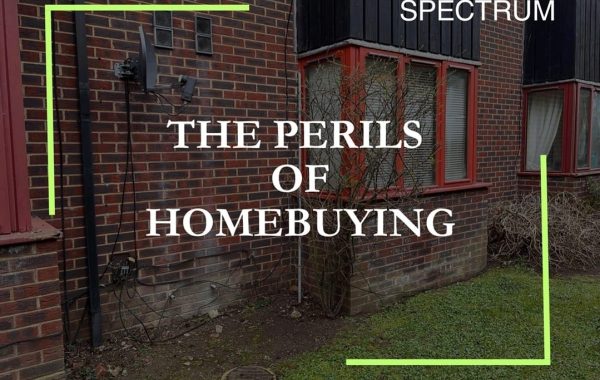
Banish Moulds from your homes !
Mould refers to an unwelcome type of fungi that grows in multicellular filaments called
hyphae. It is a natural part of the environment and can be found both indoors and
outdoors. Mould reproduces by releasing tiny spores into the air, which can easily spread
and settle on surfaces. They thrive in damp or humid environments, such as areas affected
by water leaks, excessive condensation, or high humidity levels, invading both indoor and
outdoor spaces. Common indoor hideouts for mould include bathrooms, kitchens,
basements, crawl spaces, and areas suffering from water damage.
There are many types of mould, with different species and colours, such as black, green,
white, or yellow. Some common types of indoor mould include Aspergillus, Penicillium,
Cladosporium, and Stachybotrys chartarum (also known as black mould).
Mould growth can be problematic for several reasons. It can cause structural damage to
building materials, affect indoor air quality, and lead to health issues in individuals who are
sensitive or allergic to mould. Exposure to mould spores and mycotoxins produced by
certain mould species can trigger allergic reactions, respiratory problems, and other health
symptoms.
Molds can have various impacts on a house, both in terms of the occupants’ health and the
integrity of the structure. Here are some common impacts of mould in a house:
Health Effects:
Allergic Reactions: Exposure to mould can trigger allergic reactions, including sneezing,
coughing, itchy eyes, and respiratory problems, particularly in individuals with allergies or
asthma.
Respiratory Issues: Prolonged exposure to mould can lead to respiratory issues, such as
chronic coughing, wheezing, or exacerbation of asthma symptoms.
Irritation: Mold spores and mycotoxins released by certain mold species can cause skin,
eye, and throat irritation in susceptible individuals.
Immunocompromised Individuals: People with weakened immune systems, such as the
elderly, infants, or those with underlying health conditions, may be more vulnerable to
mold-related health effects.
Structural Damage:
Weakening of Materials: Mold can deteriorate organic materials such as wood, drywall, and
insulation. It feeds on organic matter and can weaken the structural integrity of affected
materials over time.
Rot and Decay: Prolonged exposure to moisture due to mould growth can lead to rotting
and decay of structural components, potentially compromising the stability and safety of
the building.
Discolouration and Stains: The presence of mould often leads to visible discolouration,
stains, or black spots on walls, ceilings, and other surfaces, impacting the overall
appearance of your home.
Indoor Air Quality (IAQ) Issues:
Odor: Mold produces a musty smell that can be both unpleasant and persistent within the
affected area or throughout your home.
Poor IAQ: Mold spores can circulate in the indoor environment, reducing indoor air quality
and creating an unhealthy living space when inhaled.
Property Value and Resale Potential:
The presence of mould can significantly affect the resale potential and value of a property.
Buyers might be reluctant to purchase a property with a history of mould issues or may
negotiate lower prices to account for remediation costs.
Legal and Liability Concerns:
Landlord-Tenant Disputes: In rental properties, mould issues can lead to disputes
between landlords and tenants over responsibility for remediation, health effects, and
habitability concerns.
Legal Consequences: Failing to address mould issues adequately could result in legal
action, particularly if it causes significant harm to occupants’ health or if proper disclosure
was not provided during property transactions.
Preventing mould growth is all about managing moisture levels in your home, addressing
water leaks or damage swiftly, ensuring proper ventilation and airflow, and maintaining
relative humidity levels below 60%. If mould has already set in, remediation steps might be
required, such as removing affected materials, enhancing moisture control, and cleaning or
treating surfaces to eliminate mould growth.
Addressing mold issues promptly is vital by identifying and eliminating the source of
moisture, conducting proper remediation, and ensuring adequate ventilation and moisture
control in the house. It’s crucial to consult with professionals and follow appropriate
remediation protocols to effectively tackle mold-related problems.
Don’t let mould overrun your home! Stay alert and keep your living spaces fresh and
welcoming


